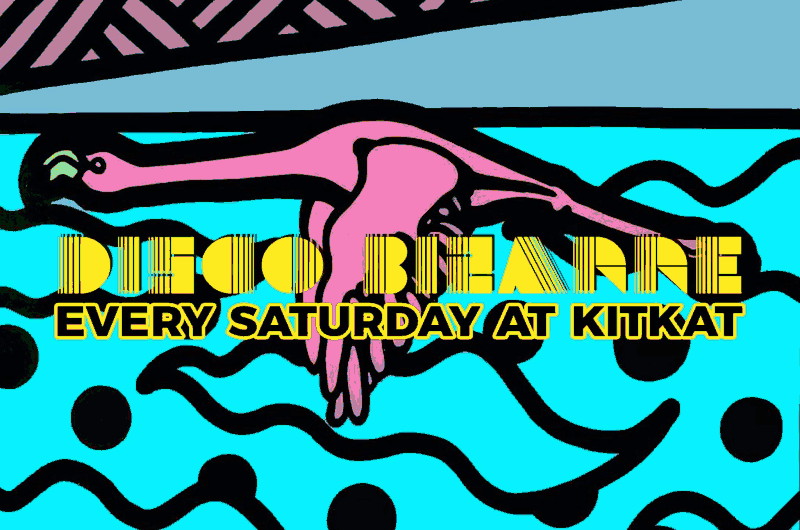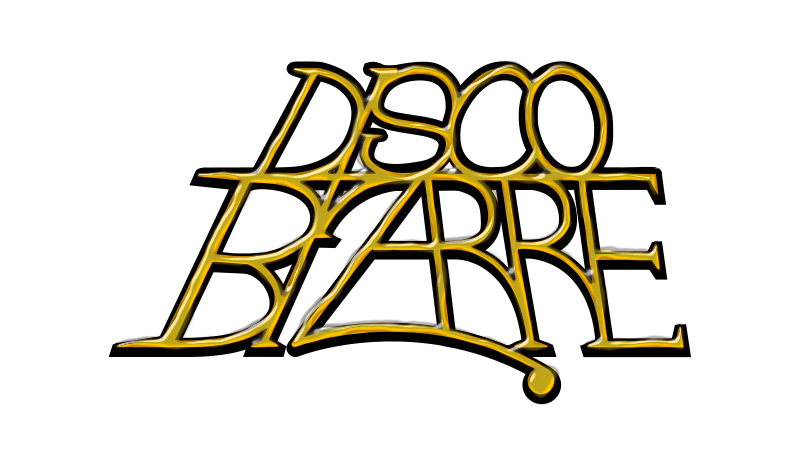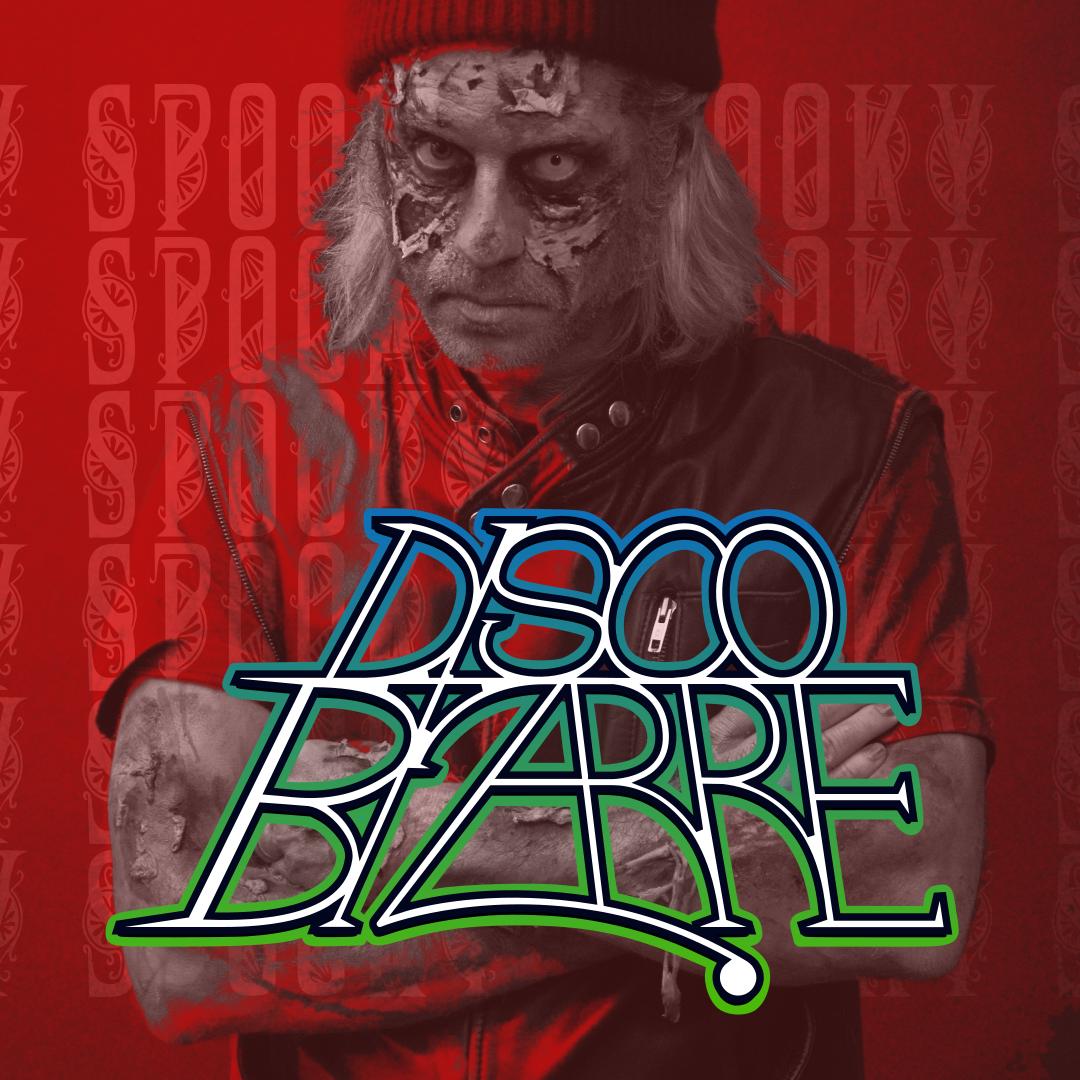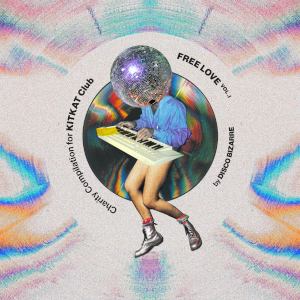
#
 # href="20240712.html"
#
# href="20240712.html"
#

#
[SUBSCRIBE TO OUR UPCOMING GIGS HERE]
##
#include gigs.inc
#include bio.inc
» BIZARRE BILLY (idle)
## » CARA CARPACCIO
» D.J. HIMSELF
## » HOVR
## » LISBIRD
## » MR. FONK
» SHIMANSKI
## » CARA CARPACCIO
» D.J. HIMSELF
## » HOVR
## » LISBIRD
## » MR. FONK
» SHIMANSKI
#include allstars.inc
#include interview.inc
#include philosophy.inc
Disco Bizarre ist ein informelles Künstlerkollektiv,
welches meistens Kellerbereiche des Berliner
KitKatClubs
bevölkert. Wenn Sie dennoch eine rechtlich
verantwortliche Einzelperson erreichen wollen,
kontaktieren sie uns auf Telegram, Facebook oder Instagram.
#if 0
#endif

